We’ve all been there. You’re driving along when suddenly, traffic comes to a standstill. Then, after inching along for what seems like an eternity, just as suddenly as it stopped, traffic starts to move again, the road opening up as if by magic.
It can be dangerous to become a part of a sudden traffic jam, and what causes traffic jams and car crashes is based largely on the number of distractions in cars today that can affect the way you react to certain events.
Traffic jams are frustrating because although many are caused by accidents or road construction that we can see, just as many are caused seemingly by nothing.
So, what causes traffic jams? What’s behind those mysterious and sudden stops? Read on to find out.
How Does Traffic Start?
Accidents do happen, and with more people on the roads today than in recent years, both driving and walking, they’re more likely to occur. But it isn’t only that there are more drivers out there; there simply aren’t enough roads to keep up with demand.
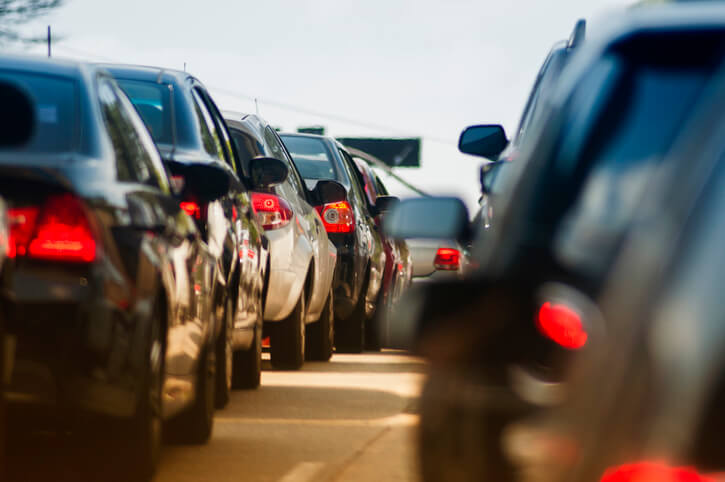
What Causes Traffic Jams?
Typically, there are two ways traffic jams can form: surprise disruptions and daily congestion.
1
What Causes Temporary Congestion
About half of all traffic slowdowns are caused by temporary traffic flow disruptions. These are the unwelcome surprises that take over part of the roadway, such as an accident blocking a lane, a construction zone causing a bottleneck, or inclement weather conditions that affect all drivers. These are the slowdowns that you typically can’t anticipate.
2
What Causes Congestion Every Day
The other half of slowdowns are caused by recurring congestion. Many drivers experience these delays multiple times a week. They are more predictable as they occur whenever too many vehicles enter the roadway, such as during a specific time of day (e.g., rush hour, which is likely on the way to work, after work, or weekends).
Even though we know when they’re likely to occur, many of us can’t avoid getting stuck in these delays, simply because our schedules are similar to those of the other drivers on the road.
Even when it comes to daily congestion, there are strategies to reduce the likelihood of being caught in a jam. For example, it’s a good idea to learn alternative routes for your daily travels through GPS, perhaps. Even if a different route takes five, 10 or even 20 minutes longer during normal traffic, it may save you 30 minutes or more during rush hour, while helping you to avoid dangerously busy intersections and roadways that are often what cause car crashes.
Many commuters swear by the free app Waze, which offers real-time traffic and road information. You can use it to re-route your trip should slowdowns or traffic jams occur while you’re driving. Just be sure to get your route set up before you’re on the road to minimize any distractions.
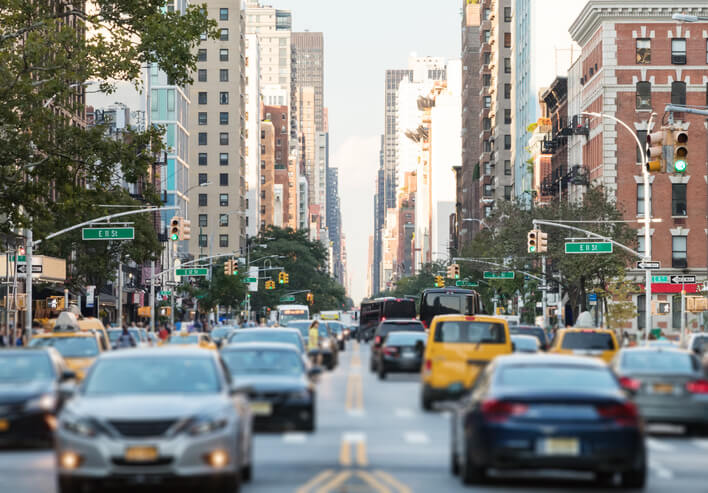
How Can I Do My Part to Reduce Traffic?
Although you have no control over construction zones or the weather, understanding what causes car crashes, which contribute to 25% of surprise traffic jams, can help you change your driving behavior and reduce accident claims.
Distracted Driving
When drivers use their phone to text while driving, their attention is diverted away from the road, which increases the likelihood of a crash by 23 times. It’s no wonder texting and driving is the leading cause of U.S. car crashes annually.
However, cell phone use isn’t the only form of distracted driving.
Distracted driving also includes eating, drinking, smoking, grooming, looking at maps or a navigation system, and even talking to passengers. If you have a young driver in your family, be sure to monitor their activities when driving and help educate them on the real dangers of what causes car crashes.
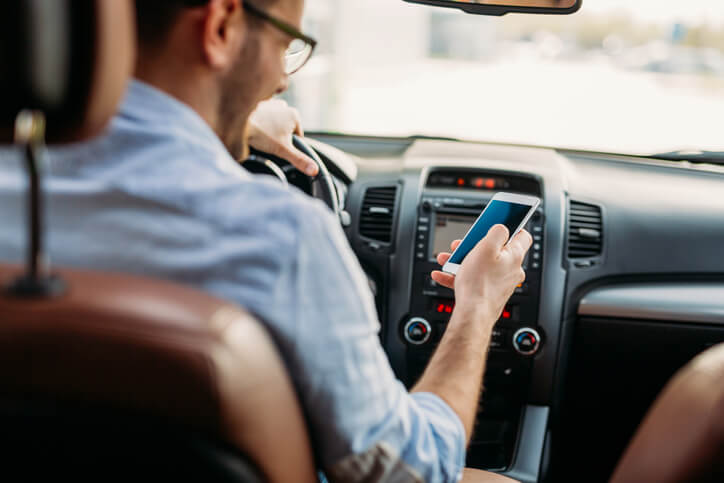
Take the pledge with us! Download and print your certificate and promise to stop driving distracted.
Impaired Driving
According to the National Highway Traffic Safety Administration (NHSTA), about 37 people in the United States die in every day from drunk driving crashes — that’s one person every 39 minutes. But it’s important to know that impaired driving goes beyond driving under the influence of alcohol.
Driving while tired can endanger you and the others on the road, too. In 2020, there were 633 fatalities related to drowsy driving. The number of fatalities (and of drowsy-driving crashes overall) has remained largely consistent across the past decade, according to the NHTSA.
You have a greater chance of being involved in a drowsy driving accident if you slept for six hours or fewer the night before, if your drive lasts for three hours or more, or if you’re driving between the hours of 9 p.m. and 6 a.m.
Note that alcohol, prescription drugs, and even over-the-counter medications can increase your drowsiness, which leads to poorer attention, decreased accuracy, slower reaction times, and impaired mental processing, judgment, and decision-making. Therefore, it’s a good idea to check all your medications for drowsiness as a side effect and adjust your medication or driving schedule accordingly.
Road Rage & Aggressive Driving
Another source of traffic accidents, especially during high-traffic times and in high-traffic areas, is road rage.
Many drivers have experienced some degree of anger or aggression while driving. These feelings of frustration can lead to other aggressive driving practices that endanger other drivers, passengers, pedestrians, and workers on the road such as speeding, failing to yield, and running red lights. But, just as repeatedly pressing the down button won’t make an elevator come any faster, aggressive driving won’t make the traffic flow any faster, either. In fact, it might result in an accident, leading to more delays.
If you have a tendency to drive aggressively or become enraged on the road, we’ve compiled tips on how to manage your emotions behind the wheel, plus more road rage statistics and tips, here.
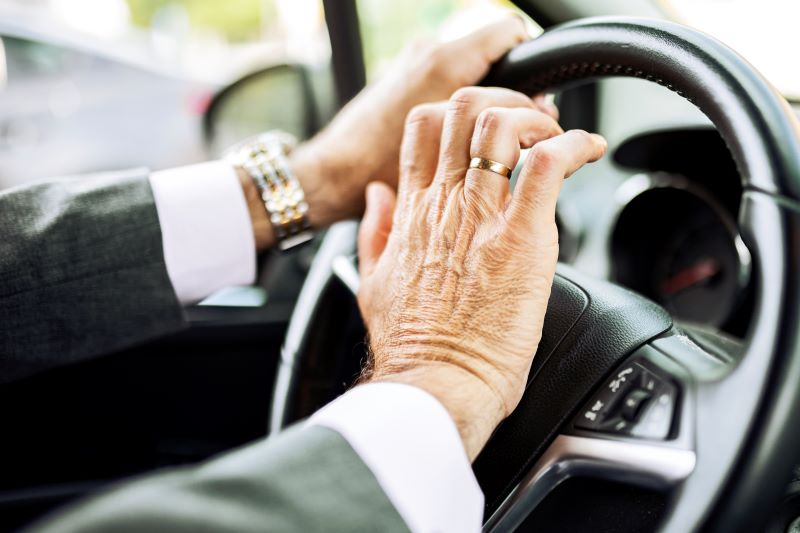
Be Part of the Solution
Most of us can probably admit that we are occasionally guilty of one or more of these dangerous driving habits. But, just like changing any bad habits and behaviors, it takes both will power and a focus on being part of the solution to the problem to do your part to reduce traffic jams and car accidents.
There are many reasons as to what causes traffic jams, but being part of the solution will help you get to your destination safer and calmer, and may even influence other drivers around you.
What was the worst traffic you’ve ever experienced? What tips do you have on staying calm during traffic, or avoiding it altogether? Let us know in the comments!


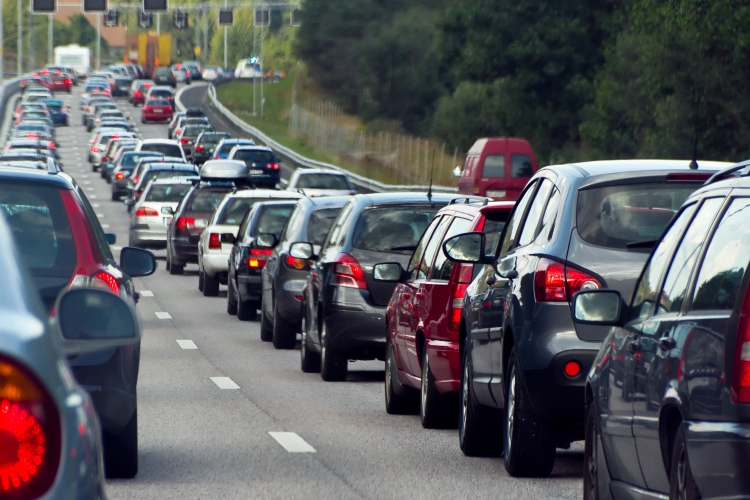
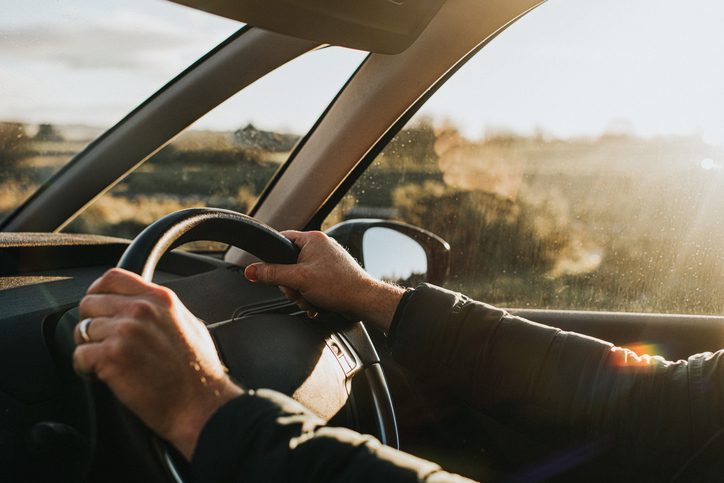

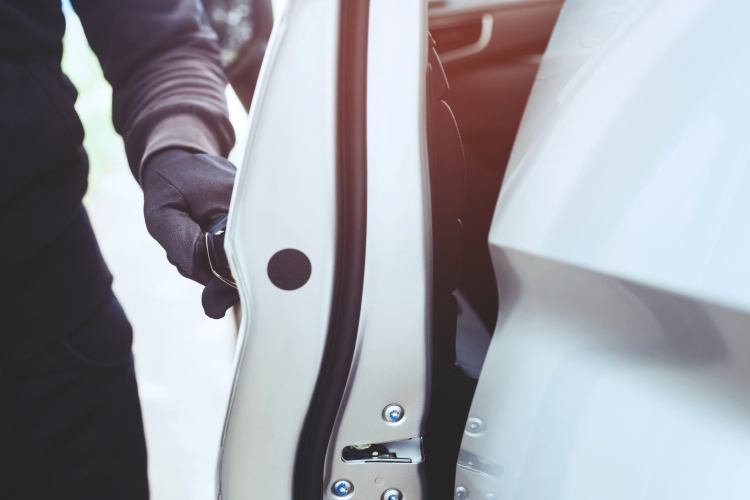

I never tailgate but when people cut in front of me I have to slow down to get some distance between us.
What always amazes me even after over 50 years of driving is how traffic will slow down considerably in certain areas and just as amazingly clear up. This is without accidents or construction.
Traffic jams are because more cars are arriving than leaving the area.
I believe if everyone was using adaptive cruise control, the stop/start would be reduced and therefore traffic would move better.
The worst traffic I have been in is when the 405 was closed north of the I10 and to Mulholland.
I left Irvine at 8:30AM and the traffic was normal until I reached the La Tijera exit (and took it) as traffic seemed stopped beyond.
Traffic was acceptable for maybe a mile and then stopped. By then it was around 10:00AM. We crawled occasionally and I was becoming quite uncomfortable from my morning coffee but could not see any relief. By then it was 12:30 and we were crawling occasionally somewhere in the Holywood Hills. We approached a traffic signal and I realized a small shopping center appeared on the left so I headed to it. Found a parking spot. Wandered around until I found a restroom returned to my car and got in the left turn lane. The light turned green and I was back in traffic 6 cars behind my original position!!! By then it was 1:45PM and it took another 45 minutes to get to my 2:00PM meeting in Santa Clarita at 2:30PM.
Not a happy camper!!
Learn to drive in heavy traffic with minimal use of the brakes. Every time brake lights go on, it exacerbates congestion.
Only takes one person to start a traffic jam.
Usually started by someone driving slow in the passing lanes.
I have been driving the same freeways and roads in Las Vegas for 50 years and have observed traffic flow patterns. It seems that when the roadway changes direction or an incline causes the driver to lose temporary sight line, they slow down, which causes a chain reaction.
Many drivers are timid and too cautious, causing frustration for the rest of us.